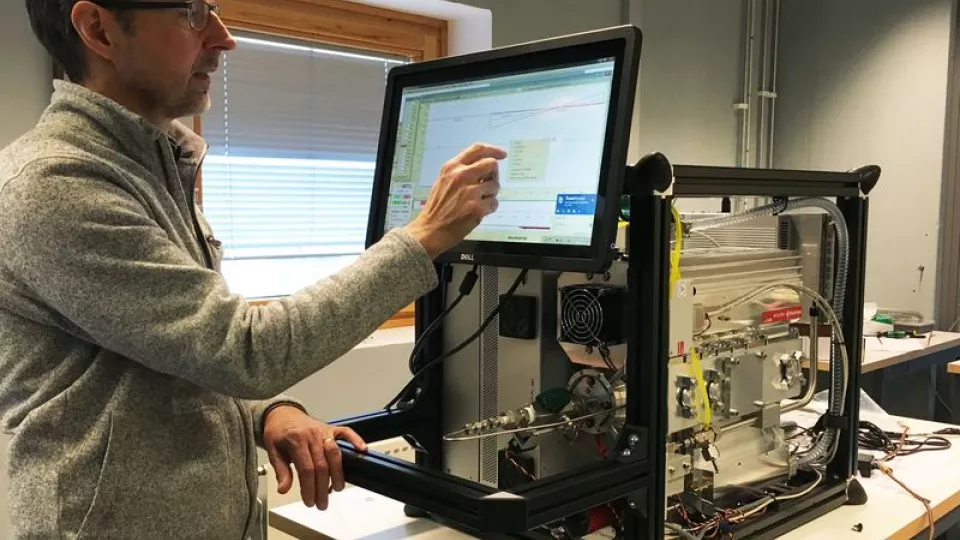− This is a seal of quality showing our strategic importance for the EU, according to Erik Swietlicki, the national contact person for ACTRIS in Sweden and professor of aerosol physics at Lund University. Now is the time to make advancements on the infrastructure to make it fully operational and ready to meet future needs.
Air quality and climate are two of the research needs ACTRIS will focus on, by clarifying how the Earth system and the atmosphere interact, and what that connection means for health and climate. According to the European Environment Agency, EEA, 400 000 Europeans die prematurely each year due to elevated particle levels in the air. This is a matter of priority to the EU, and central to ACTRIS.
− We know that elevated particle levels have severe health effects, but we don’t yet know what it is in the particles that makes them dangerous. The data provided by ACTRIS will enable us and other scientists to work on modelling the chemical composition of particles, their structure and eventually their climate and health impacts. This will hopefully give us better answers in the future, Erik Swietlicki states.
With standardized measurement methods and accessibility to the data of other researchers, the infrastructure is a kind of open archive of research data that will benefit research on airborne particles and climate, according to Erik Swietlicki. Collaboration with other existing infrastructures is important for the research to be successful. One of the collaborating networks is ICOS (Integrated Carbon Observation System). They measure greenhouse gases in the atmosphere and collect data on ecosystems and their interaction with the climate. Erik Swietlicki says that in Sweden, the new ACTRIS atmospheric research will be co-located with preexisting measurement stations in ICOS to strengthen the synergy between the research infrastructures.
− But it is also my hope that the collaboration between faculties at Lund University and other Swedish universities will be reinforced by the new atmospheric research infrastructure, Erik Swietlicki states.
Jessika Sellergren, LTH
Contact
Erik Swietlicki is a leading scientist within the Aerosol Group at the Division of Nuclear Physics at Lund University. He has more than 25 years of experience in atmospheric aerosol science.


